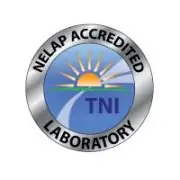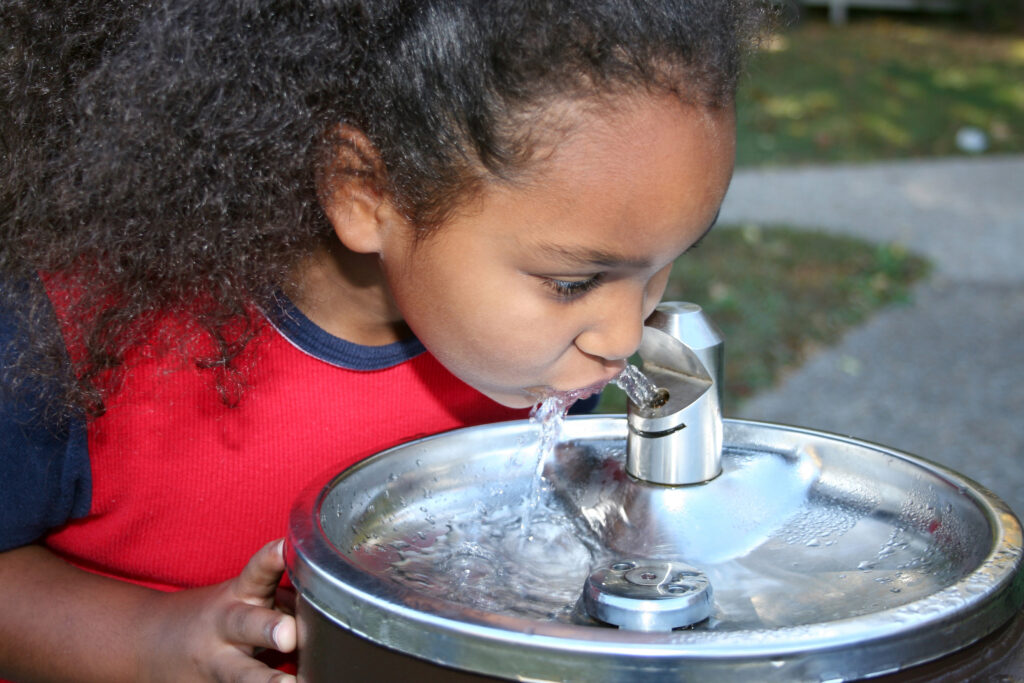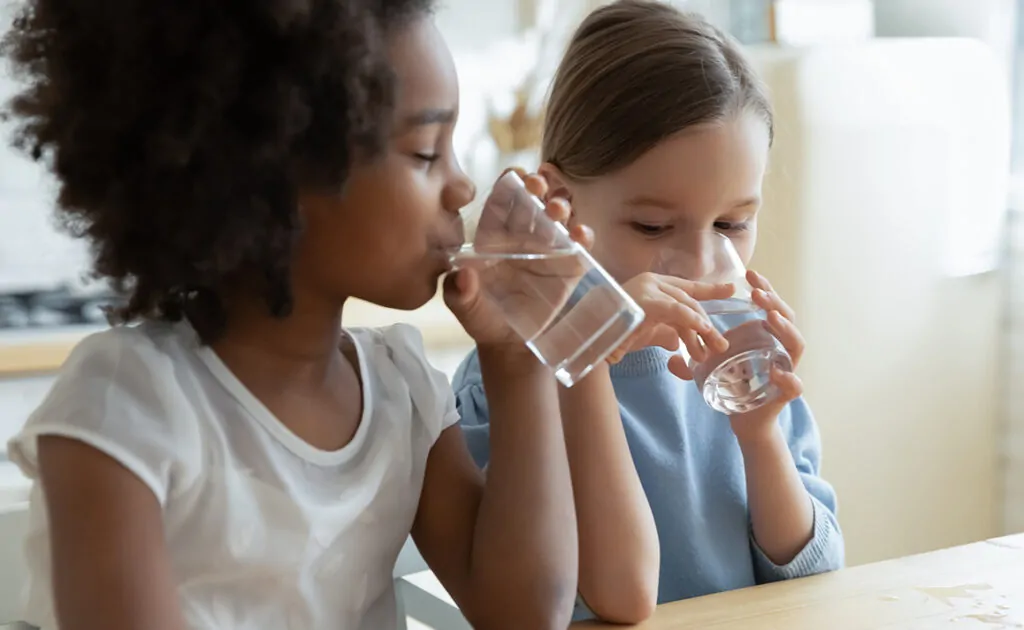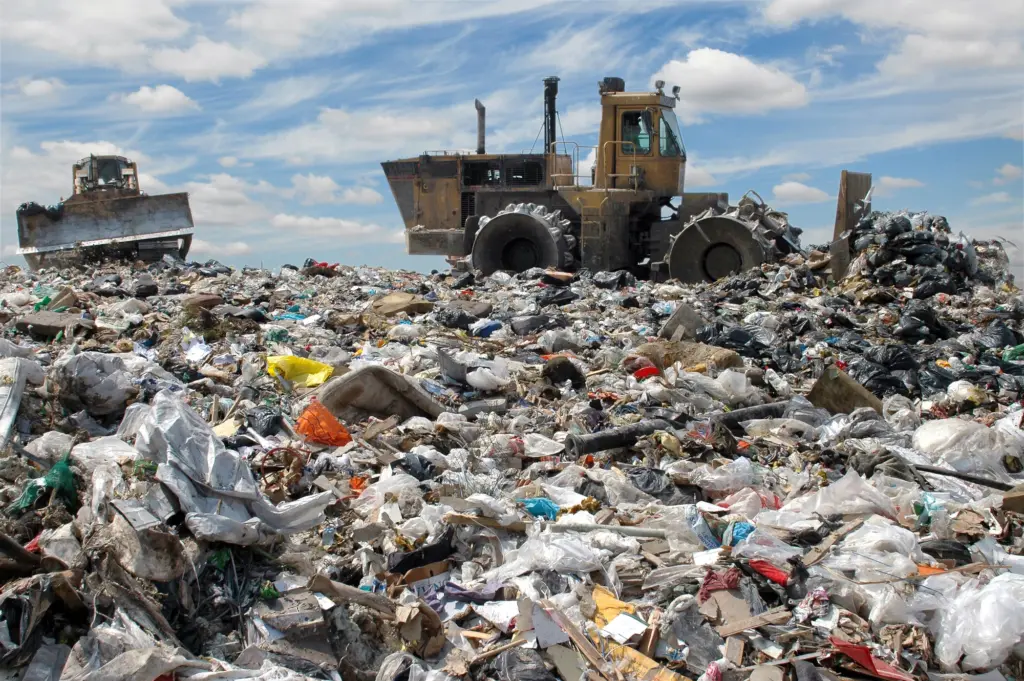Who collects the samples?
If it’s not specified who should collect the sample(s). Samples may be collected by the school/daycare staff or a third-party contractor and submitted to the lab for analysis. Your choice may be based on your budget.
Where Should I collect the Drinking Water samples from?
All sources of (non-bottled) potable water that may be ingested by children and/or used in food preparation should be tested. This includes locations such as water fountains, kitchen taps/faucets, and classroom sinks. Restroom sinks and janitorial sinks are not required sampling points.
How Many Samples Should I Collect?
Two samples per location should be collected – 1st draw after water is standing in the plumbing for 8-18 hours and 2nd draw after a 30-second flush following the 1st draw sample collection.
What Type of Container is Required?
Plastic 250mL sample containers will be provided by the lab for sample collection. (Download our Sample Kit order form for schools)
How Do I Identify my Samples?
All samples must be properly labeled such that the locations are easy to identify; the date and time of collection must also be included. A master sampling plan will help you easily label the samples (Sample 001 corresponds to Kitchen Sink-First Draw). (download an example sample ID spreadsheet and CoC completion guide)
How do I submit samples for analysis?
Upon collection, samples and accompanying documentation (chain of custody) may be submitted to the lab in person or via common carrier/shipping services. Shipping may be the most economical choice. (See Teklab’s Step by Step sampling guide for schools)
What do I do once I get my report?
Contact the provider with any questions regarding the report. Results should be compared to drinking water standards. See the 3Ts for Reducing Lead in Drinking Water in Schools (USEPA)
Do I need to provide the report to parents?
In short, yes, notification is required. Review the law for how/when to report to parents.
What do I do if my sample results are over the limit in the law?
The State regulatory agency may provide guidance on mitigation requirements. See the 3Ts for Reducing Lead in Drinking Water in Schools (USEPA)
Why is lead in drinking water a priority?
Potential health affects in children of school-age range from reduced IQ to hyperactivity and impaired growth.
Review Teklab’s step by step guide for schools, to getting started and working through the process of having your facility’s drinking water tested for lead.
Need a Quote or want more information?
Call or email Liz Hurley at: [email protected]
Toll free: 877 344 1003 EXT 33




